Writing a major mode is a rite of passage for elisp hackers. Sooner or later, you will find a programming language or configuration format that is too new or obscure to have Emacs support.
You decide to roll up your sleeves and plug this hole in the Emacs ecosystem. How do you write a major mode? What will make your major mode great?
1: Getting Started
The bare minimum for a major mode is a syntax table. If you can highlight comments and strings, your mode is useful.
Here’s how we’d write a minimal JS mode:
(defconst my-js-mode-syntax-table
(let ((table (make-syntax-table)))
;; ' is a string delimiter
(modify-syntax-entry ?' "\"" table)
;; " is a string delimiter too
(modify-syntax-entry ?\" "\"" table)
;; / is punctuation, but // is a comment starter
(modify-syntax-entry ?/ ". 12" table)
;; \n is a comment ender
(modify-syntax-entry ?\n ">" table)
table))
(define-derived-mode my-js-mode prog-mode "Simple JS Mode"
:syntax-table my-js-mode-syntax-table
(font-lock-fontify-buffer))Here’s the result:
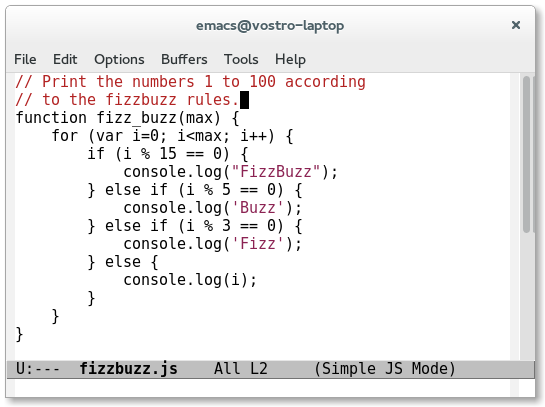
This might not seem like much, but it’s often sufficient for config file formats.
Congratulations, you’re an elisp hacker! Add your major mode to MELPA so others can use and contribute to your new mode.
2: Full syntax highlighting
From here, there’s huge scope to expand. You’ll want to look at sophisticated syntax highlighting to cover the entire syntax of the language.
As your major mode becomes more sophisticated, you should think about testing it. Many major modes have no tests, but a self-respecting hacker like you likes bugs to stay fixed.
The first step is to create a sample file of syntax corner-cases and just open it. This becomes repetitive, so you will eventually want programmatic tests. Fortunately, puppet-mode has some great examples.
3: Indentation
Next, you’ll want to tackle indentation. Users expect Emacs to indent code correctly regardless of its current state. You’ll need to examine the syntax around point to calculate the current nesting level.
This is usually a matter of searching the buffer backwards from point,
counting instances of { (or equivalent scope delimiter). You then
adjust the current line to be indented (* my-mode-tab-width count).
Provided you’re careful with { in strings and comments, this works.
Alternatively, Emacs provides the Simple Minded Indentation Engine (SMIE). You write a BNF grammar and you get basic indentation and movement commands for free.
You could be a total lunatic, and Emacs has to make you happy.
In practice, users will disagree on what the ‘correct’ indentation is,
so you will have to provide settings for different
styles. If you get it right, you should be able to open a large file
from an existing project, run (indent-region (point-min)
(point-max)) and nothing should change.
Indentation logic is very easy to test, and you can see some examples in julia-mode. You will also need to test that indentation is quick in large files, because it’s easy to end up with a slow algorithm.
4: Flycheck
You’ll want probably want to set up a linter with flycheck. Even if there aren’t any sophisticated lint tools available, highlighting syntax errors as-you-type is very helpful.
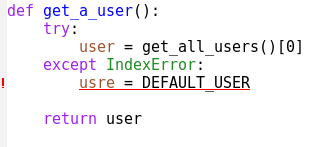
5: Completion
Great major modes provide autocompletion. You can provide completion by writing a company backend. Here are some examples to inspire you:

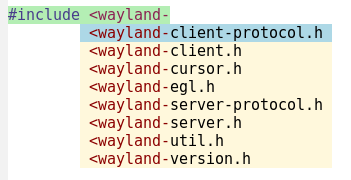
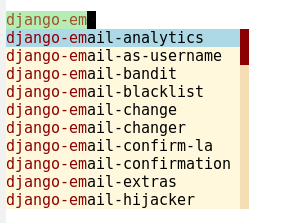
6: Eldoc
Eldoc is a minor mode that displays information in the minibuffer about the thing at point. It’s typically used for function signatures or types, but you can use it for anything.
Assuming you have some sort of static analysis available for your major mode, eldoc provides a great way of providing relevant contextual information.


7: REPL integration
Finally, the best major modes let you run code interactively from inside Emacs.
Emacs provides comint-mode, which allows you to define your
interpreter and start interacting with it. Many major modes,
especially inside Emacs core, derive from comint-mode.
Projects like cider and sly offer even more sophisticated REPL integration. They allow allowing you to query the interpreter process for docstrings, autocompletion, macroexpansion, and much more.
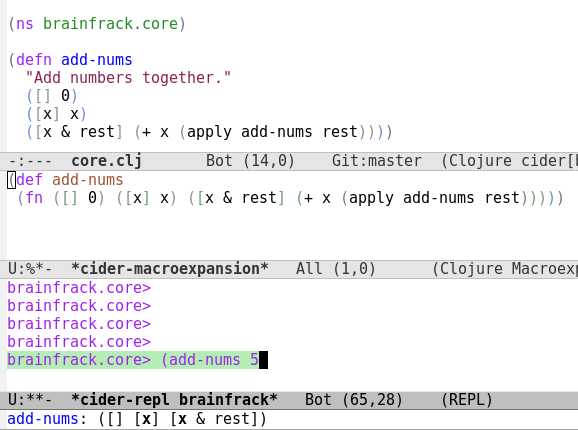
∞: Polish
Emacs core has supported programming in C since the beginning, yet it’s still being improved in 2015! Release early, release often, and you’ll create something wonderful.